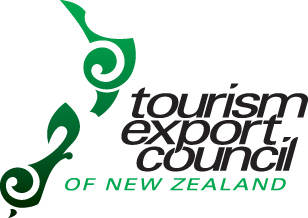INSIDE TOURISM – EXPORT MATTERS Visiting members over the summer I’m pleased to report that for the most, operators are having a better season than expected. The weather has been the obvious ‘star’ but following closely on the rising moon is the number of FIT Chinese visitors getting out and about to the regions of New Zealand. Tourism New Zealand and inbound operators have been advising industry to start preparing for the new Chinese visitor and that they may not be who you think they are.
What is the general perception of our Chinese visitor? It is a group package visitor who stays in New Zealand 3 nights and predominantly visits Auckland and Rotorua. How could they possibly appreciate New Zealand in only 3 days you might ask? Well the reality is, New Zealand is not their holiday destination, only their stopover on the way back to China after visiting Australia. It’s similar to kiwis going to Europe and saying they have been to France when they only stayed in Paris for 3 nights. Hopefully, that ‘taste’ is enough to encourage them back again, and often it is.
The above mentioned visitors in the industry are known as the ADS Dual Destination Shopping Tour groups which up until the last few years were 75% of our Chinese visitors. ADS stands for “approved destination status” which is an agreement between the Chinese and New Zealand governments (1999) which lets’ holiday travellers visit a country in a tour group. In recent years NZ Chinese inbound tour operators have been working with Tourism New Zealand and trade to encourage more ‘mono’ (NZ only) destination tours and the percentage of FIT visitors coming to New Zealand on FIT/ADS and non ADS visas, is increasing. This is to the benefit of the industry as they generally stay longer and spend more. At December 2012, this percent had dropped to 65% and with the new PKP (preferred kiwi partnership) programme being initiated by Tourism New Zealand, we look forward to more independent Chinese visitors travelling further to the regions.
The new visitor is likely to well educated, younger and keen to self drive. Operators should be taking steps now to improve the satisfaction levels of these discerning consumers with translations and signage even though they are likely to be able to speak English. They are more interested in “feeling” the product and getting up close to nature and adventure activities. They are experienced travellers having already visited Asia, North America and Europe and big users of technology and social media.
Discussions between the private sector and government agencies demonstrate a common goal of delivering a world class experience to our valued Chinese visitors. If private sector operators deliver the experience on the ground by learning more about their culture, language and protocols and government assists behind the scenes minimising barriers to travel, then together we are well on the way to exceeding the Chinese visitor travel experience and expectations.
